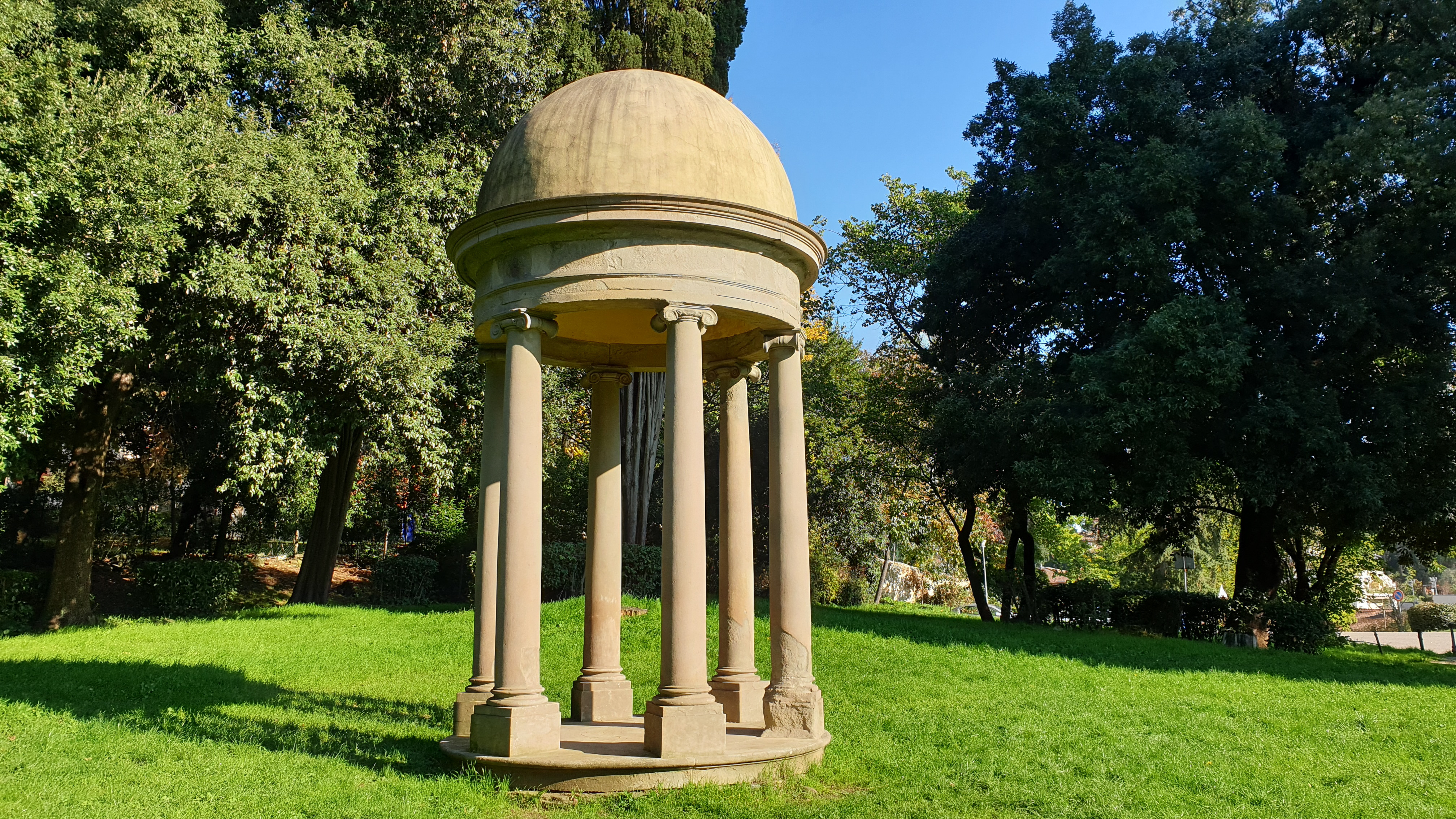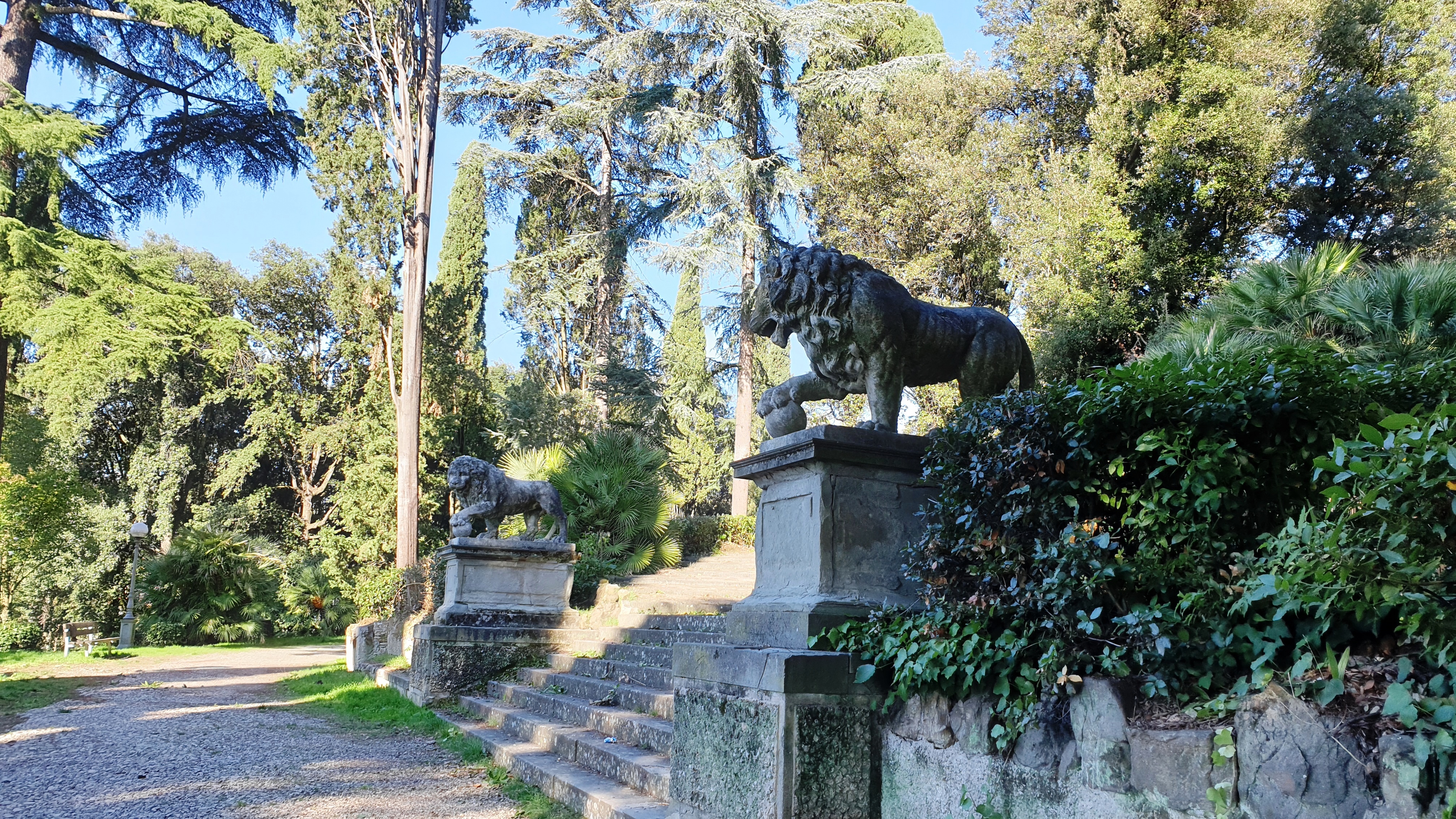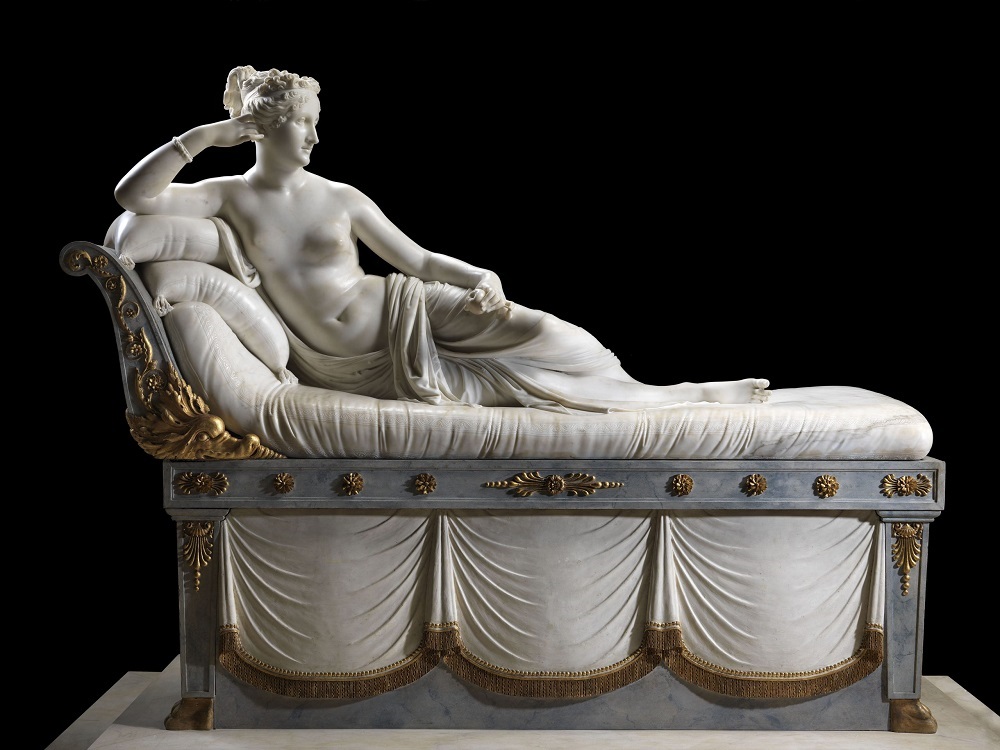
The Gardens of Florence - Villa Fabbricotti
Far from the madding crowd! If you are attending one of our
courses, take a break and stroll at - VILLA FABBRICOTTI
A short walk from Piazza della Libertà, in via Vittorio Emanuele
II, there's a beautiful green space, a luxurious villa on top of a terraced hill, a
rich vegetation of trees (holm oaks, cypresses, pines, cedars, horse chestnuts,
dwarf palms, Judas trees), flowers and shrubs (acanthus, viburnum, laurel),
sculptures, fountains and a neoclassical temple (tholos) in pure pietra serena
at the highest point of the park.
Ancient hunting lodge of the Buoninsegni in 1300 and then of the
Strozzi, it was bought in 1864 by Giuseppe Fabbricotti, a rich owner of marble
quarries in Carrara, who commissioned the architects Vincenzo Micheli and
Antonio Cipolla to rebuild the villa and structure the beautiful garden. It
seems that the park layout was suggested by Giuseppe Poggi, architect and editor
of the urban plan of Firenze Capitale (1864 - 1870), also creator of
the garden ramps of Piazzale Michelangelo which influenced the plan for Villa
Fabbricotti’s garden, while the terracing is clearly inspired by the slope of
the Medicean Villa della Petraia.
The Italian State bought the villa in 1935 and used it as a
headquarter of the GIL (Gioventù Italiana del Littorio, Italian Youth of the
Littorio, a fascist organization of young people aged 18 to 21), now is used by
municipal offices and cultural associations.
The villa hosted Napoleon's
sisters Elisa and Paolina, and in 1894 Queen Victoria of England. Paolina
Bonaparte, the emperor's younger sister, a restless and nonconformist
character. Also famous for the beautiful marble statue by Antonio Canova portraying her as a young and naked Venus, she spent the last months of her life here
and died on June 9, 1825 at 44 years old.
Walking through the beautiful park,
you can imagine meeting Paolina along the tree-lined paths with her
ladies-in-waiting or Queen Victoria at the neoclassical temple, a spot that was then for reading, chatting and drinking tea.
You can enter Villa Fabrricotti from Via Vittorio Emanuele II.

Lions on the terraces of Villa Fabbricotti.

The famous
statue of Paolina sculpted by Antonio Canova (1757 - 1822) in 1815, preserved in
the Galleria Borghese in Rome (image credits: www.galleriaborghese.beniculturali.it)



